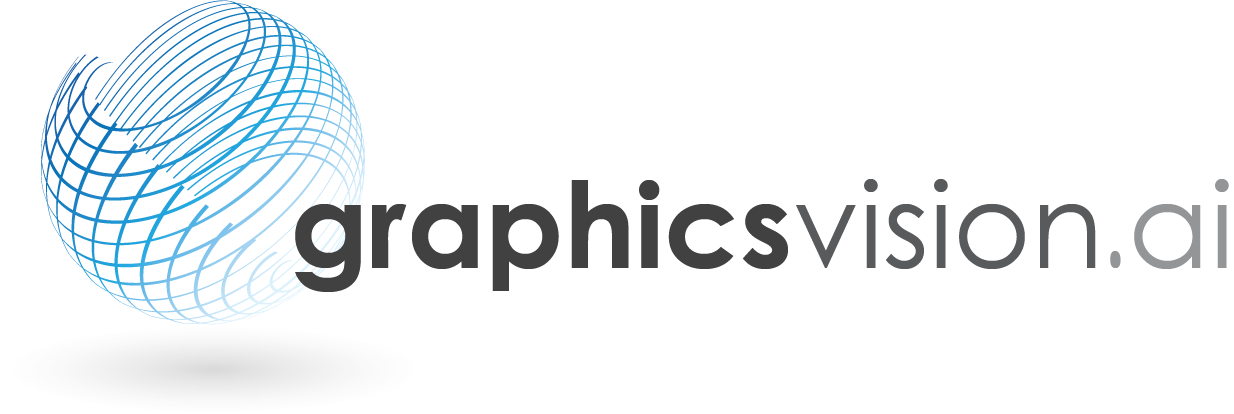Technological Research for the eXactitude and Use of Artificial Representations in Computer Vision Systems
ITXURA
Duration:
28.07.2025 - 31.12.2026
The manufacturing industry is undergoing a major transformation thanks to new technologies driving the digitalization and interconnection of devices and machines. The adoption of these tools—capable of anticipating problems, optimizing processes, and reducing costs—is giving rise to what are known as Smart Factories. In these environments, sensors, simulation, and advanced modeling coexist with a continuous flow of data from machines and production processes, enabling precise real-time monitoring and improving system efficiency and productivity.
In this context, computer vision has become a key pillar of industrial transformation, fueling significant growth in the sector. An increasing number of companies are adopting this technology to optimize their production processes and address specific challenges. Reflecting this trend, the global computer vision market reached a value of $12.88 billion in 2024 and is projected to grow at an annual rate of 8.32% through 2029, with Europe accounting for approximately one-third of total revenue.
Among the main areas of application of computer vision in industrial measurement systems, the following Measurement Applications (MAs) stand out:
MA1. Accurate object measurement – Geometric metrology: Obtaining precise dimensional measurements (shape and 3D dimensions) to verify critical tolerances in manufacturing processes.
MA2. Measurement of object position relative to a vision system – Localization: Precise determination of object position and orientation (6D) to ensure correct interaction with automated systems.
MA3. Detailed object measurement – Inspection and detection of fine details: Identification and assessment of specific features, such as manufacturing defects or surface details (2D), to enhance quality inspection processes.
Currently, the implementation of computer vision solutions is still based on heuristics and trial-and-error due to the lack of simulators that can validate design decisions. The optimal configuration of a system involves not only selecting sensors but also defining tolerances, costs, and accuracy. Without thorough prior analysis, technical and economic proposals may differ from actual implementation, leading to adjustments and cost overruns. Moreover, the absence of simulation tools hinders optimization and early detection of unfeasible solutions, preventing unnecessary investments.
Looking for support for your next project? Contact us, we are looking forward to helping you.







